ASKA is an open-world survival crafting title that puts between the age-old battle of the Jotun and the Gods. With your clan wiped out, you’re stranded on a shore with the task of rebuilding the tribe. Explore a diverse land filled with a variety of enemies, defend your settlement, and defy the Jotun in ASKA.
ASKA Gameplay First Impressions
Reminiscent of Valheim, ASKA takes Norse mythology and brings it to life. Not only does the aesthetic match, but it also has the same Scandinavian-inspired background music. This is on top of the survival mechanics that have become the mainstays of the genre — crafting, resource gathering, base building, and exploration.
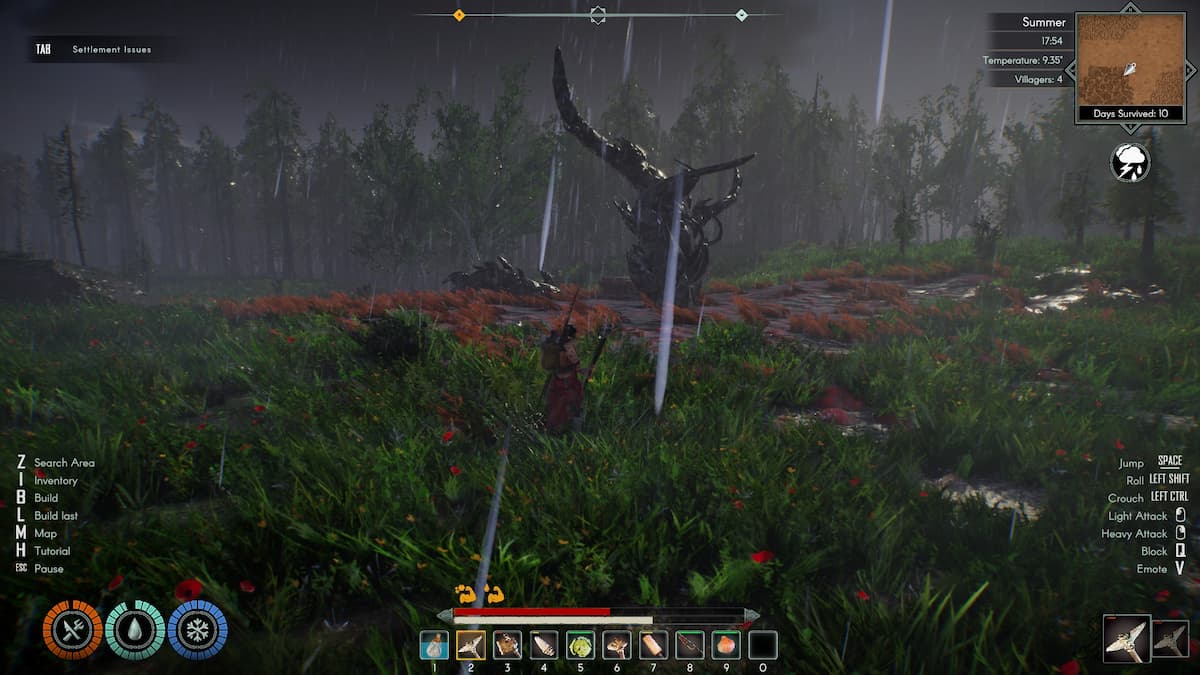
In addition to surviving, you also have to build and manage a village. Craft houses, assign workers to different tasks, and ensure your new tribe members are happy. This also comes with its own mechanics, and the building system is similar to that seen in Survival: Fountain of Youth.
If I had to describe ASKA in a single sentence, it would be a Viking-themed survival game that’s the child of Valheim and Manor Lords.
ASKA Introduces Twists on Common Survival Mechanics
One of the biggest pet peeves I have in survival crafting games comes with resource collecting, namely losing materials due to them blending in with the environment. For a game that has realistic plants and animals, this can impact my overall enjoyment of the title.
What ASKA does that really addresses this is the search function (Z on keyboard). It not only highlights collectible items, friendly villagers, and enemies in different colors, but it also shrinks any foliage back to make it easier to see materials on the ground.
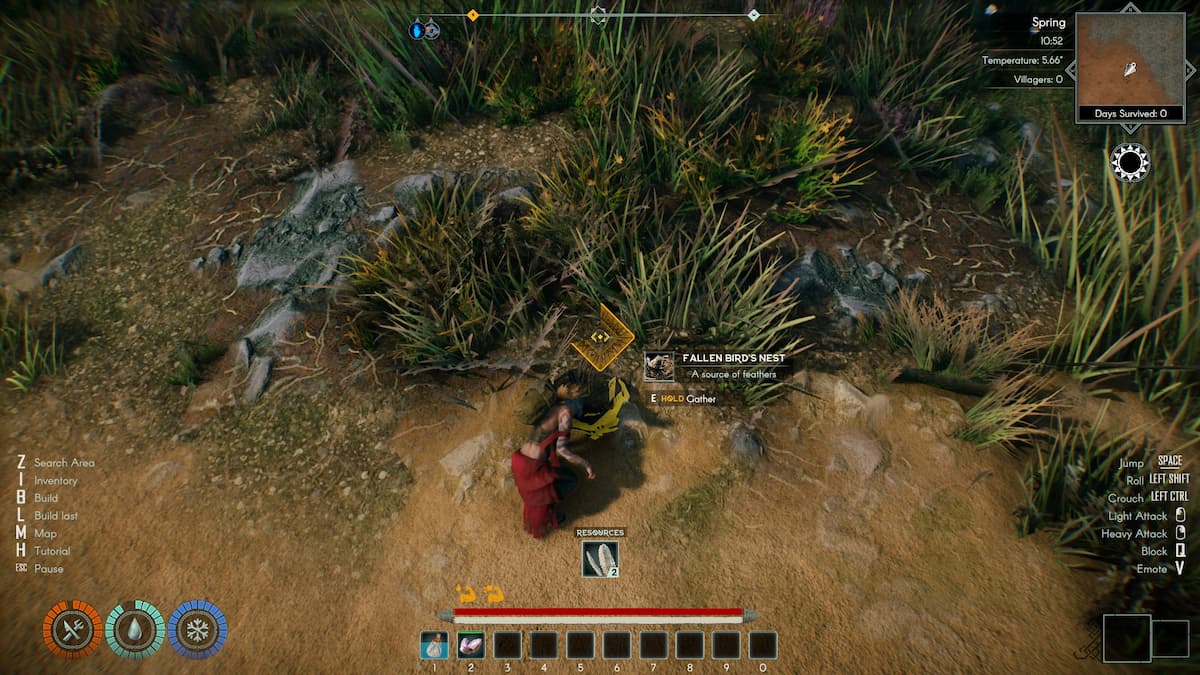
Letting you see materials more easily is a simple yet effective solution to losing items in similarly colored environments. The first time I realized this was in an area with high grass where I lost a piece of Jotun Blood. I saw the grass shrink to a small patch away from the item I was looking to collect, which is extremely useful when gathering tiny items like Bone Fragments or Bark.
Another twist is how reviving works. When you die, you’re given two options. One is to go haunting as a ghost; the other is to revive in your body with different penalties in effect. Each option has its own pros and cons and gives you different ways to interact with the game post-mortem.
If you’re looking to keep the items from your pack, you don’t want to revive. You will lose your inventory. There’s no marker for your body or a dropped stash on the map when you’re returned to life.
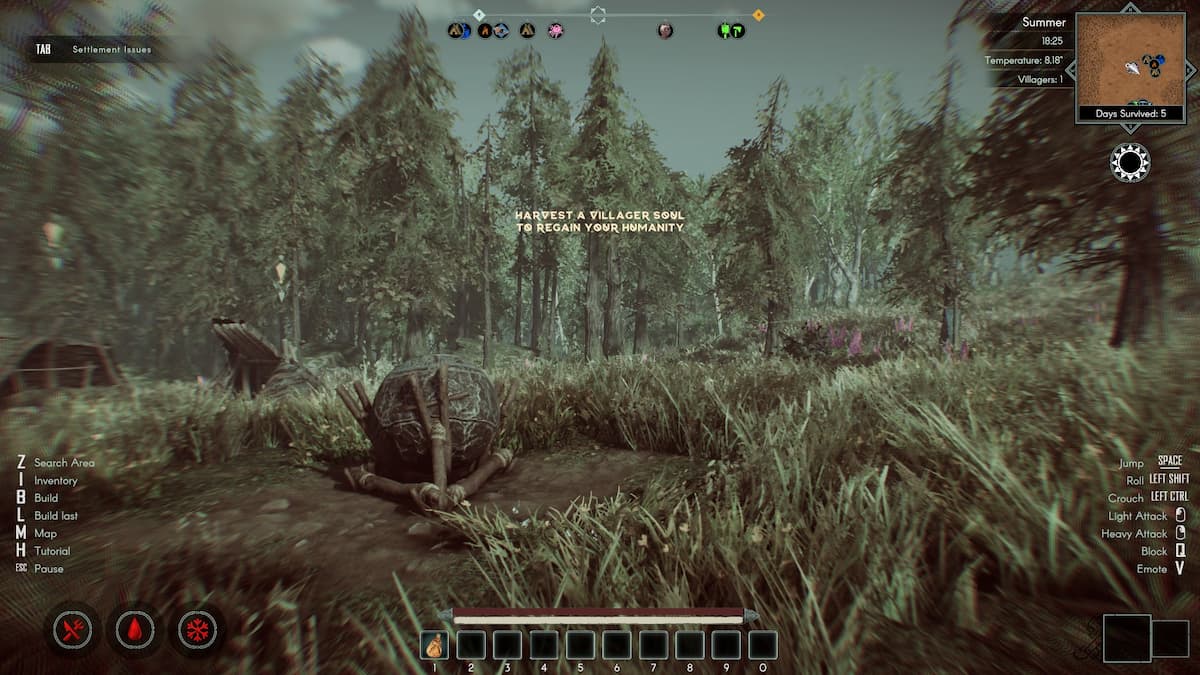
Instead, you need to become a ghost. This gives you two minutes to find someone and suck out their soul, returning you to the mortal realm as they take your place in death. You’ll see your villager pleading for their life, however. If you can’t find someone within the time limit, you automatically get revived without your items.
Not All Decisions Are Worthy of Valhalla
While ASKA has a lot of good designs, some of the decisions aren’t the greatest. These include:
- No bulk resource gathering function (like holding a button to collect all items in an area).
- No character creation — You play as Aska or Ragnar, that’s it.
- No crafting from storage.
- Gathering resources through mining or woodcutting takes considerable time.
- Tutorials aren’t always present or clear.
That may seem like a lot of cons, but the title is released into Early Access. It’s not a fully complete and 100% polished game. With most titles in the EA phase for a year, there’s still plenty of time for the team at Sand Sailor Studio to include some of these features before the 1.0 launch.
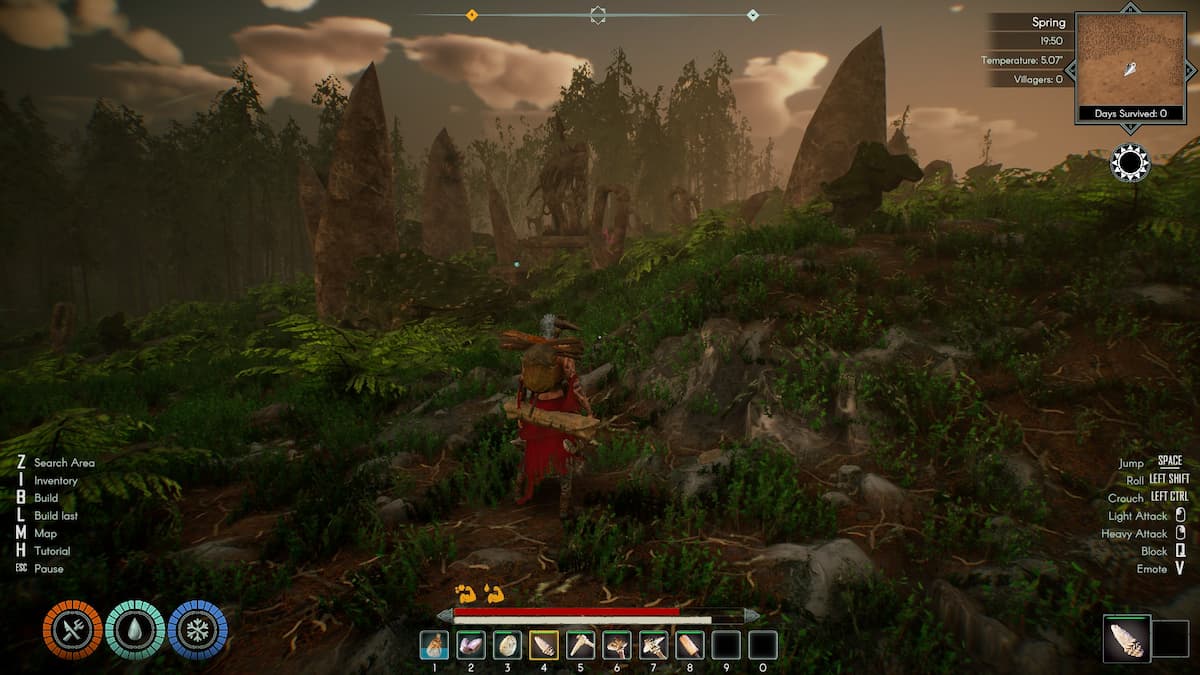
I don’t see a full character creation being included in ASKA, though. The character is set as the leader of the tribe, with opening cut scenes depicting them on the sea with a Jotun behind them. This would have to be edited to allow for a custom character, which takes up precious time and resources that an indie studio may not have. Plus, the game is named after the female character.
Also, not being able to craft from storage and the general resource gathering time impacts you less and less as you build up your village. Workers will cut and haul trees; crafters will make tools and weapons; someone will cook food, etc. As you progress, you won’t be collecting resources yourself at all.
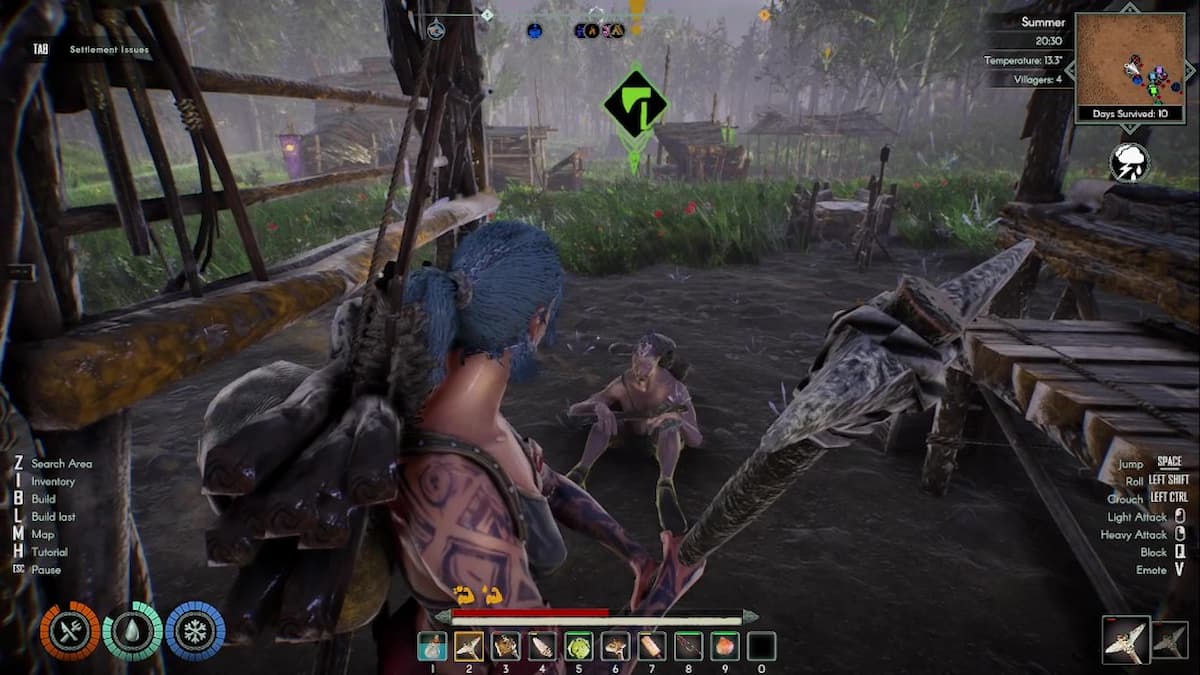
On top of that, NPCs are automatically granted access to all storage, allowing them to grab all items needed for their assigned tasks. A builder will grab logs from the Woodcutter Hut, and someone at the Workshop will gather Rope, Sticks, and Stone Blades to craft tools. All without you having to interfere.
ASKA Final Thoughts
There’s a lot of potential for ASKA. As one of the only survival games that has the same theme and feeling as Valheim, it could easily swoop in and take the older game’s place. It could also capitalize on the success of city-builder survival titles like Manor Lords or Against the Storm. Since it combines two genres quite well, ASKA may help open the development doors to more cross-genre titles being designed.
If you want to read more impressions on the games we play, make sure you check out our Reviews page.

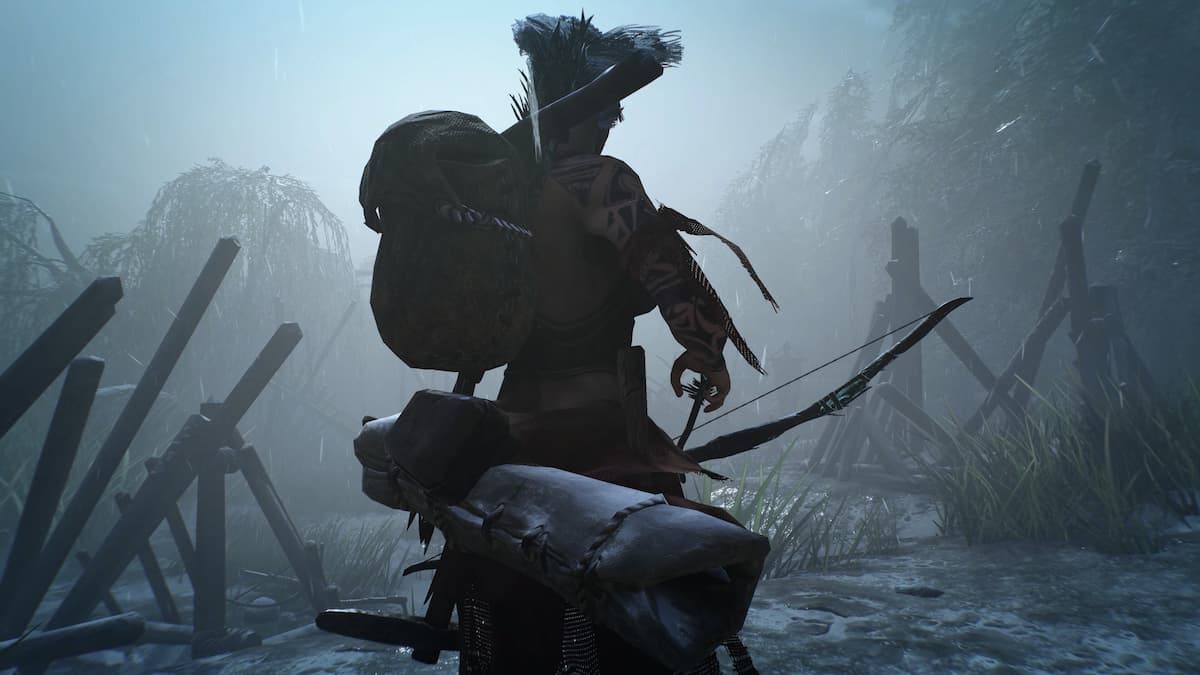







Published: Jun 20, 2024 11:00 am